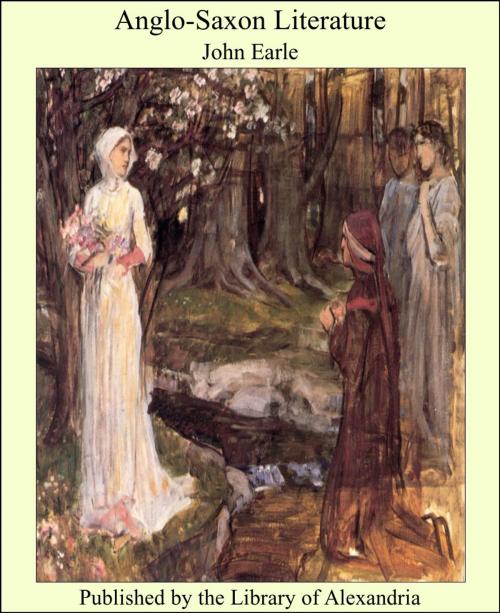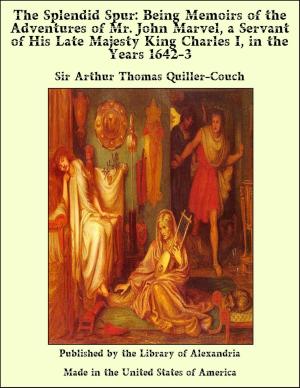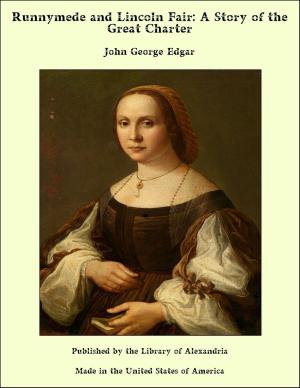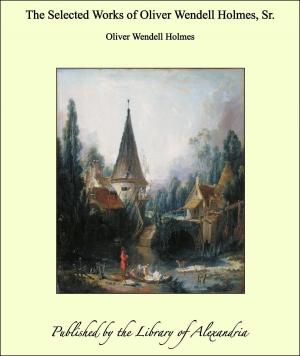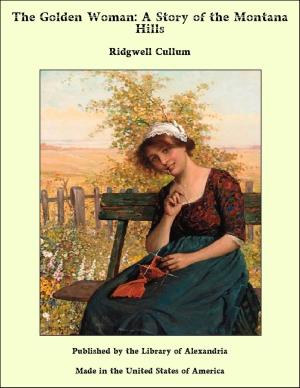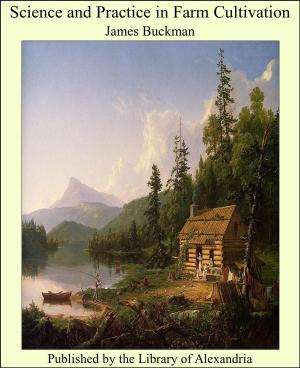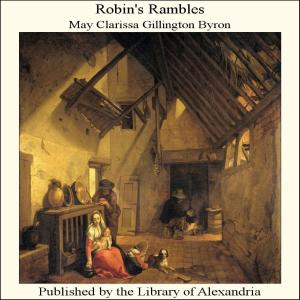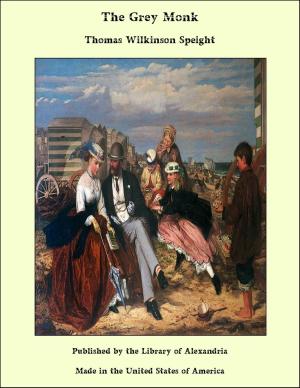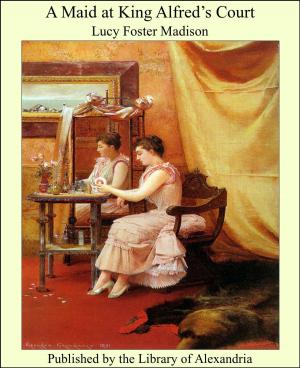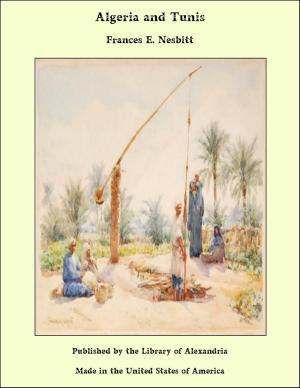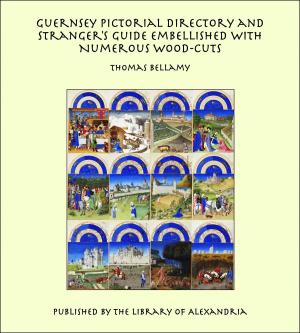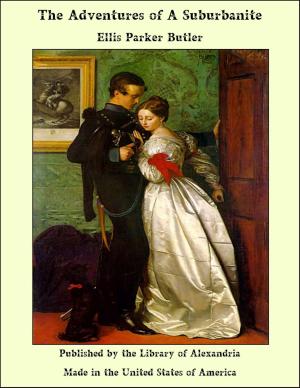| Author: | John Earle | ISBN: | 9781465512871 |
| Publisher: | Library of Alexandria | Publication: | March 8, 2015 |
| Imprint: | Language: | English |
| Author: | John Earle |
| ISBN: | 9781465512871 |
| Publisher: | Library of Alexandria |
| Publication: | March 8, 2015 |
| Imprint: | |
| Language: | English |
A PRELIMINARY VIEW. The Latin literature with which we are best acquainted was the result of study and imitation of Greek literature. But the old vernacular Latin was a homely and simple speech, much more like any modern language in its ways and movements than would be supposed by those who only know classical Latin. The old Latin poetry was rhythmical, and fond of alliteration. Such was the native song of the Italian Camenae, unlike the aesthetic poetry of the classical age, with its metres borrowed from the Greek Muses. The old Latin poetry was like the Saxon, in so far as it was rhythmical and not metrical; but unlike it in this, that the Latin alliteration was only a vague pleasure of recurrent sound, and it had not become a structural agency like the alliteration of Saxon poetry. The book through which juvenile students usually get some taste of old Latin is Terence, in whose plays, though they are from Greek originals, something is heard of that rippling movement which has lived through the ages and still survives in Italian conversation. Reaching backwards from Terence we come to Plautus and Ennius, and then to Naevius (B.C. 274-202), who composed an epic on the first Punic war. He lamented even in his time the Grecising of his mOther-tongue. He wrote an epitaph upon himself, to say that if immortals could weep for mortals, the Camenae might well weep for Naevius, the last representative of the Latin language. The splendour of classical Latin was short-lived. The time of its highest elevation is called the Golden Age, of which the early period is marked by the names of Cicero and Caesar; the latter (the Augustan period) by the names of Virgil and Horace. There is a fine forward movement in Cicero, who studied the best Greek models; but gradually there came in a taste for curious felicity suggested by the secondary Greek literature. This adorned the poetry of Virgil; but when it began to spread to the prose, though the aesthetic effect might be beautiful in a masterpiece, it was apt to be embarrassing in weaker hands. AEsthetic prose appears in its most intense and most perfect form in Tacitus, the great historian of the Silver Age. As new tastes and fashions grew, the oldest and purest models were neglected, and, however strange it may sound, Cicero and Caesar were antiquated long before the end of the first century. The extreme limit of the classical period of Latin literature is the middle of the second century. The life was gone out of it before that time, but it had still a zealous representative in Fronto, the worthy and honoured preceptor of Marcus Aurelius. After this last of the Good Emperors had passed away, the reign of barbarism began to manifest itself in art and literature. The accession of Commodus was a tremendous lapse. The influence of Greek upon Latin literature was so far like that of Latin upon Anglo-Saxon, that it was single and unmixed. But then the influence of Greek upon Latin was altogether an external and invading influence, like the influence of Latin on modern English; whereas in the case of Anglo Saxon the literary faculty was first acquired through Latin culture; the Saxons were exercised in Latin literature before they discovered the value of their own; they obtained the habits and instruments of literature through the education that Latin gave them
A PRELIMINARY VIEW. The Latin literature with which we are best acquainted was the result of study and imitation of Greek literature. But the old vernacular Latin was a homely and simple speech, much more like any modern language in its ways and movements than would be supposed by those who only know classical Latin. The old Latin poetry was rhythmical, and fond of alliteration. Such was the native song of the Italian Camenae, unlike the aesthetic poetry of the classical age, with its metres borrowed from the Greek Muses. The old Latin poetry was like the Saxon, in so far as it was rhythmical and not metrical; but unlike it in this, that the Latin alliteration was only a vague pleasure of recurrent sound, and it had not become a structural agency like the alliteration of Saxon poetry. The book through which juvenile students usually get some taste of old Latin is Terence, in whose plays, though they are from Greek originals, something is heard of that rippling movement which has lived through the ages and still survives in Italian conversation. Reaching backwards from Terence we come to Plautus and Ennius, and then to Naevius (B.C. 274-202), who composed an epic on the first Punic war. He lamented even in his time the Grecising of his mOther-tongue. He wrote an epitaph upon himself, to say that if immortals could weep for mortals, the Camenae might well weep for Naevius, the last representative of the Latin language. The splendour of classical Latin was short-lived. The time of its highest elevation is called the Golden Age, of which the early period is marked by the names of Cicero and Caesar; the latter (the Augustan period) by the names of Virgil and Horace. There is a fine forward movement in Cicero, who studied the best Greek models; but gradually there came in a taste for curious felicity suggested by the secondary Greek literature. This adorned the poetry of Virgil; but when it began to spread to the prose, though the aesthetic effect might be beautiful in a masterpiece, it was apt to be embarrassing in weaker hands. AEsthetic prose appears in its most intense and most perfect form in Tacitus, the great historian of the Silver Age. As new tastes and fashions grew, the oldest and purest models were neglected, and, however strange it may sound, Cicero and Caesar were antiquated long before the end of the first century. The extreme limit of the classical period of Latin literature is the middle of the second century. The life was gone out of it before that time, but it had still a zealous representative in Fronto, the worthy and honoured preceptor of Marcus Aurelius. After this last of the Good Emperors had passed away, the reign of barbarism began to manifest itself in art and literature. The accession of Commodus was a tremendous lapse. The influence of Greek upon Latin literature was so far like that of Latin upon Anglo-Saxon, that it was single and unmixed. But then the influence of Greek upon Latin was altogether an external and invading influence, like the influence of Latin on modern English; whereas in the case of Anglo Saxon the literary faculty was first acquired through Latin culture; the Saxons were exercised in Latin literature before they discovered the value of their own; they obtained the habits and instruments of literature through the education that Latin gave them
